
Our History
The story of the Gonnelli family dates back to 1585 when on the 13th of February the brothers Francesco, Lorenzo and Giulio, the sons of Taddeo di Michele di Lorenzo, bought for 300 coins from the Friars of the “Convento del Carmine di Firenze” the farm of Santa Téa, as proven in the sales document held at the Public Notary Records office in Florence. At that time the related oil mill, built in 1426, was known and appreciated for its special oil, the result of olives made noble by the particular micro-climate of the sun-baked upland plain of Reggello, 400 meters above sea level, which is 30 minutes from Florence in a southerly direction.
Since then the Gonnelli family, brothers, children and grandchildren, raised in the shadow of the Frantoio di Santa Téa, monument of hard work of yesterday and today, handed down a true art, with all the knowledge, wisdom and expertise in the cultivation of olives and their pressing. The artisan arts of olive growers, developed at the time of the medieval guilds, still preserve the techniques and secrets of the task of producing the finest oil. An art that derives from the best tradition of the oil mill, preciously preserved in the museum and from the ongoing experimentation in innovation research, both in relation to production and cultivation.
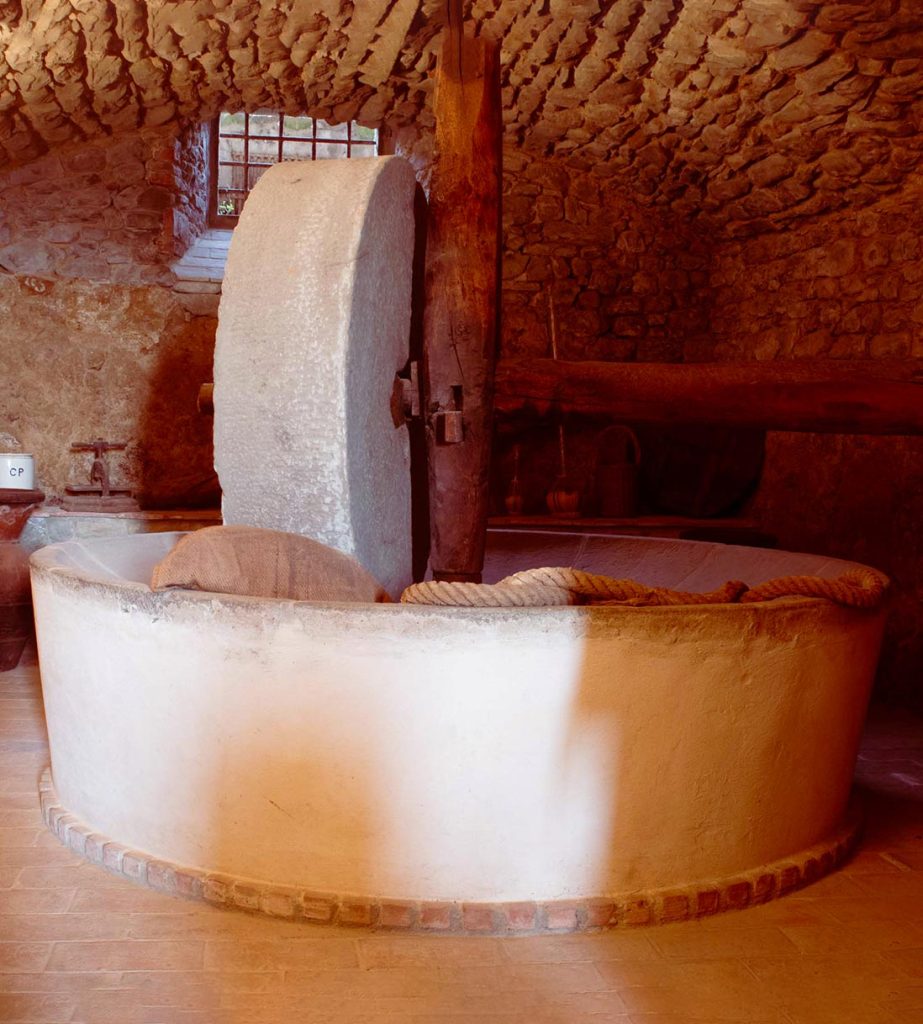
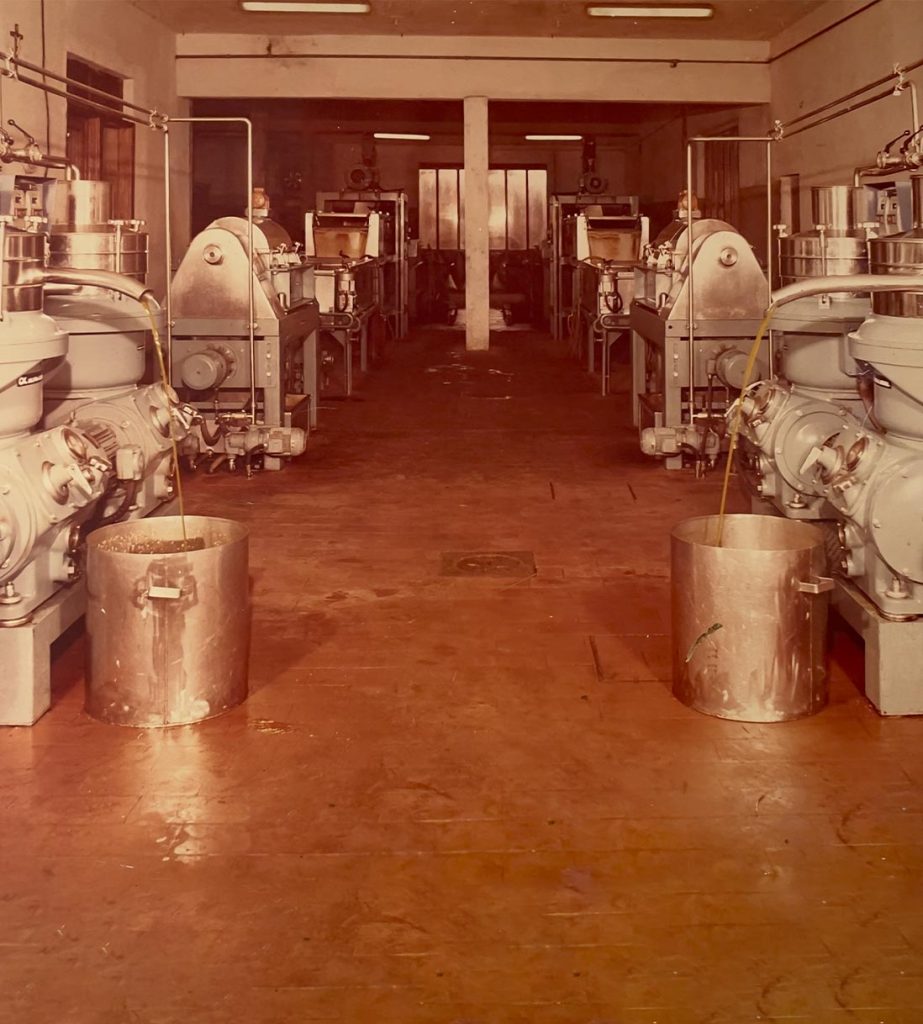
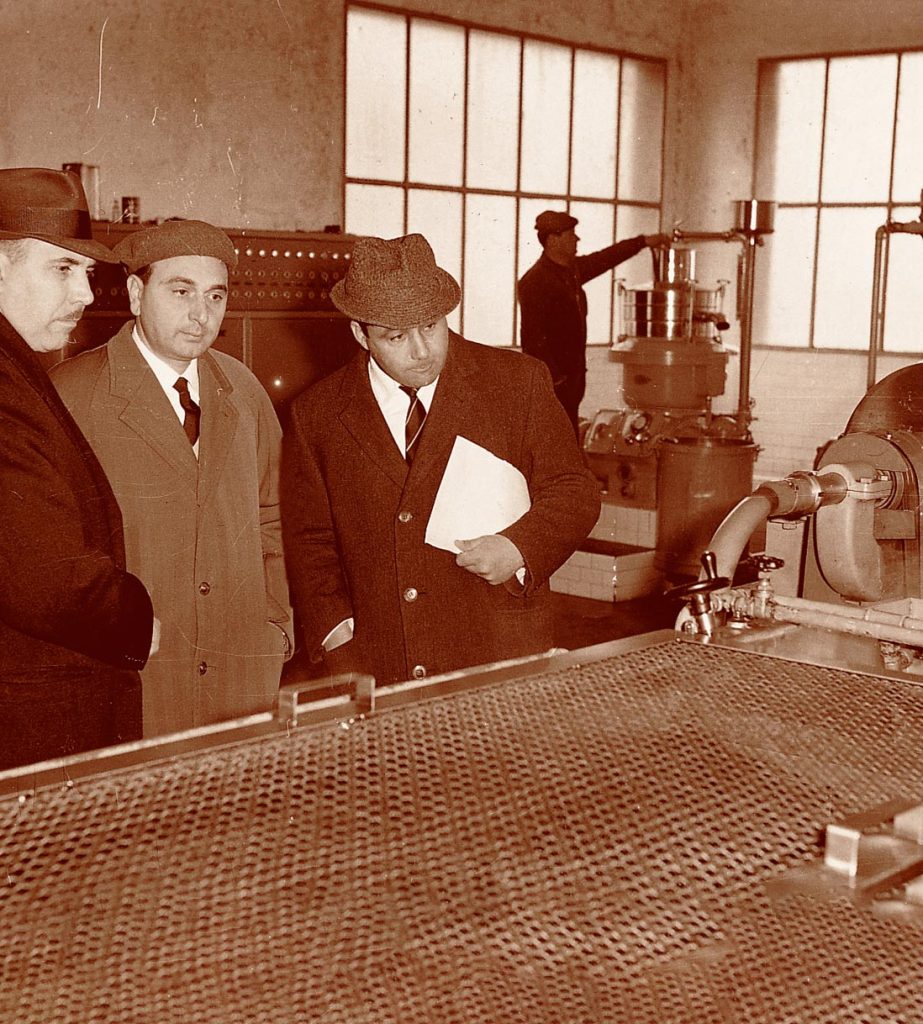
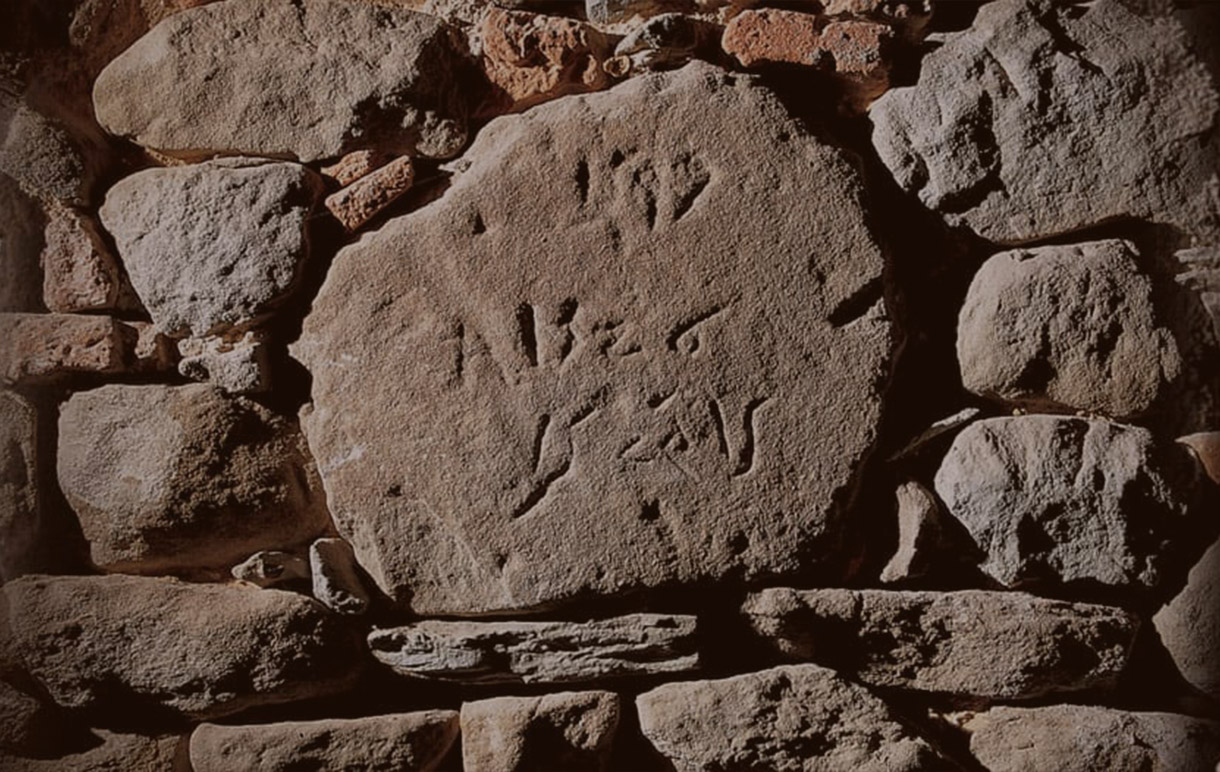
Year of the founding of the Frantoio di Santa Téa
The date of construction of the Frantoio di Santa Téa is evident from an ancient stone still preserved inside the Museum. Cascia and its territory have Etruscan origins, as documented by the numerous place names in the area, including Camprenna, Olena, Fognano, Fano, Forli, Caselli, Arfoli and Pontifogno. Near the small church of Santa Téa remains of Roman burials were found while on the terrace south of the parish church a number of fragments of clay and terracotta artifacts have come back to light and in the town of Pecorneccia some Roman coins and a small bronze representing the Emperor Galerius, then donated to King Vittorio Emanuele III, were unearthed.
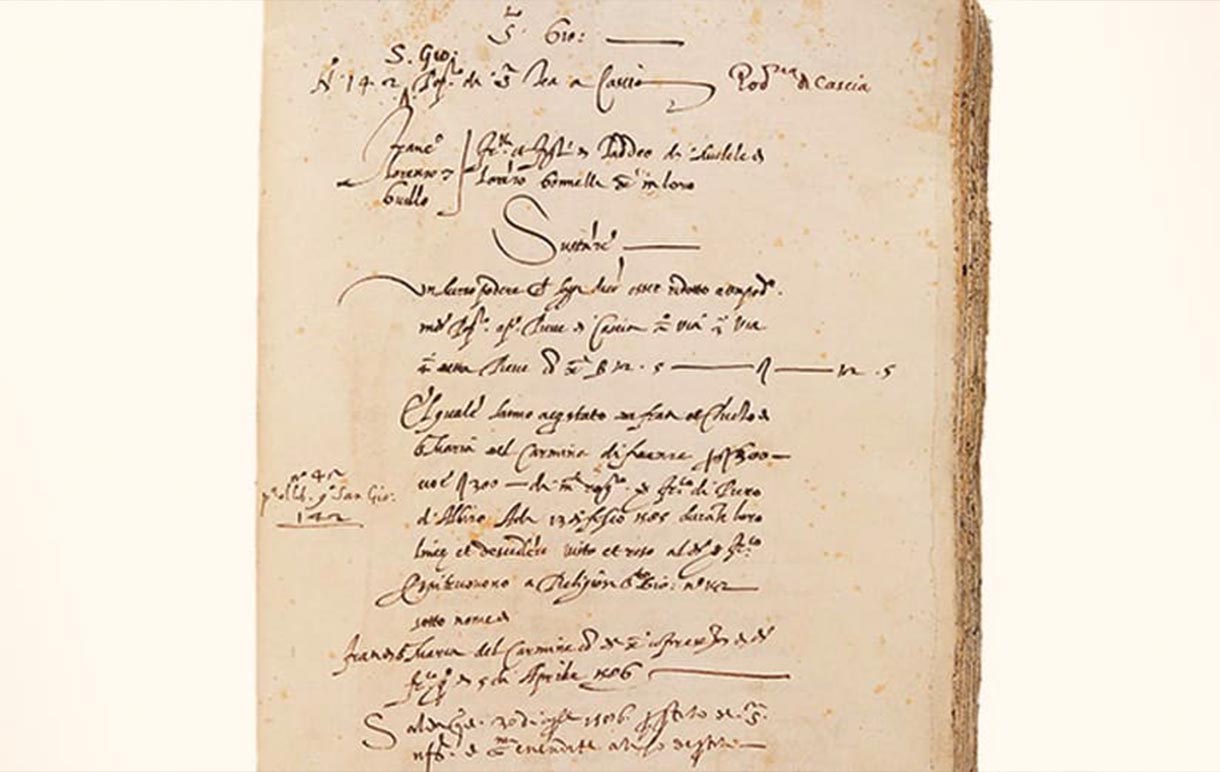
The year of purchase of the Santa Téa oil mill by Gonnelli
The Gonnelli brothers: Francesco, Lorenzo and Giulio, the sons of Taddeo di Michele di Lorenzo, on the 13th of February bought for 300 coins from the friars of the Carmine monastery in Florence the Santa Téa Oil mill as shown in the sale documents held in the notarial archives of Florence. At that time the adjoining mill, built in 1426, was known and appreciated for its very special oil, fruit of olives made noble by the sunny microclimate of the Reggello plateau, 400 meters above sea level.
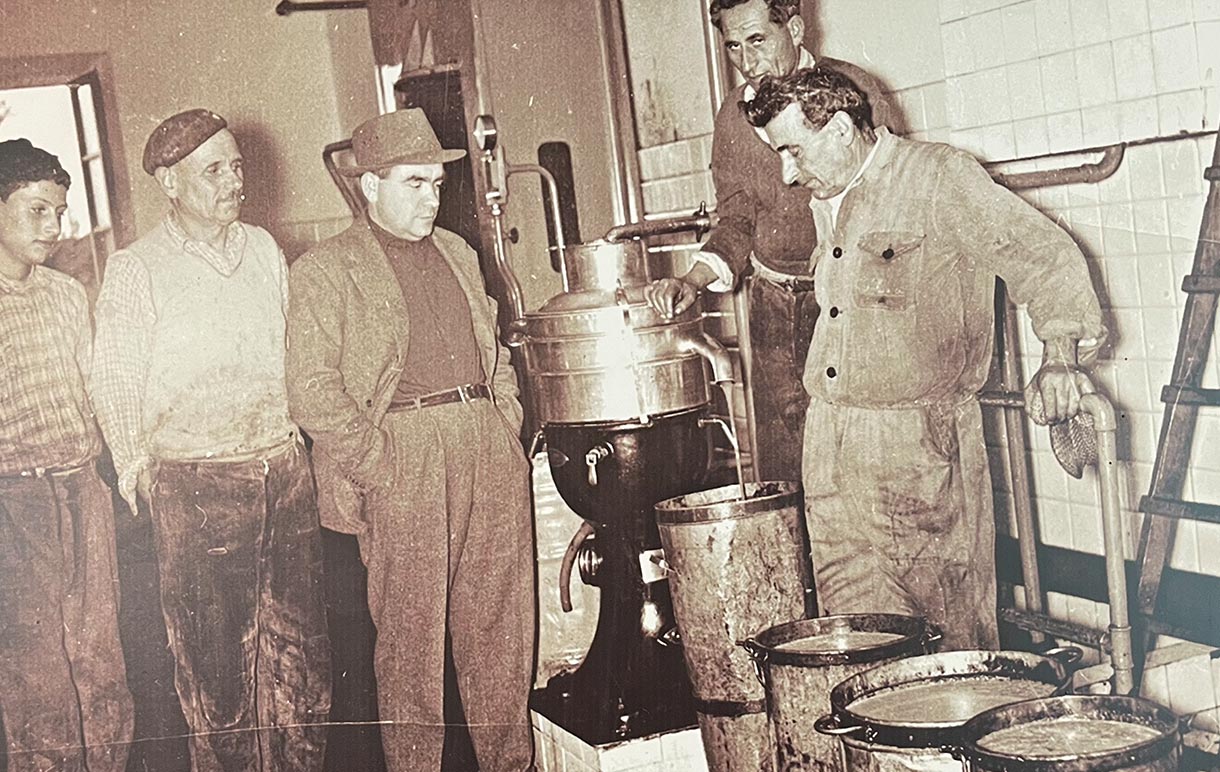
The first centrifugal plant in the world
In 1962 at Santa Téa the first centrifugal plant in the world was installed for the extraction of extra virgin olive oil, giving rise to the most used extractive system. A revolution in the world of oil that led to the abandoning of the old press and millstone, thereby improving the healthiness of the oil. A cooperation with Alfa Laval company, which still exists, for the experimentation of new extraction techniques that are increasingly advanced.
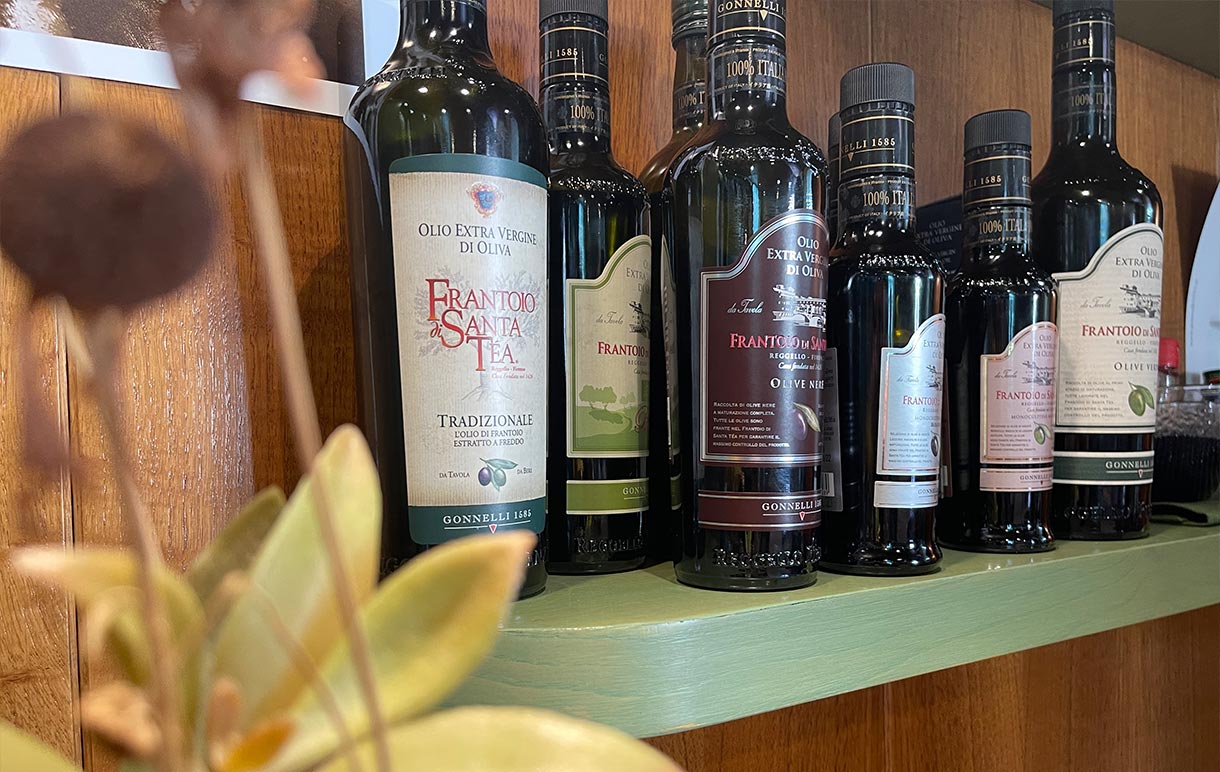
Extra virgin olive oil is not limited to just one type
The many different flavours obtained are based upon the variety of the olive and its ripeness.
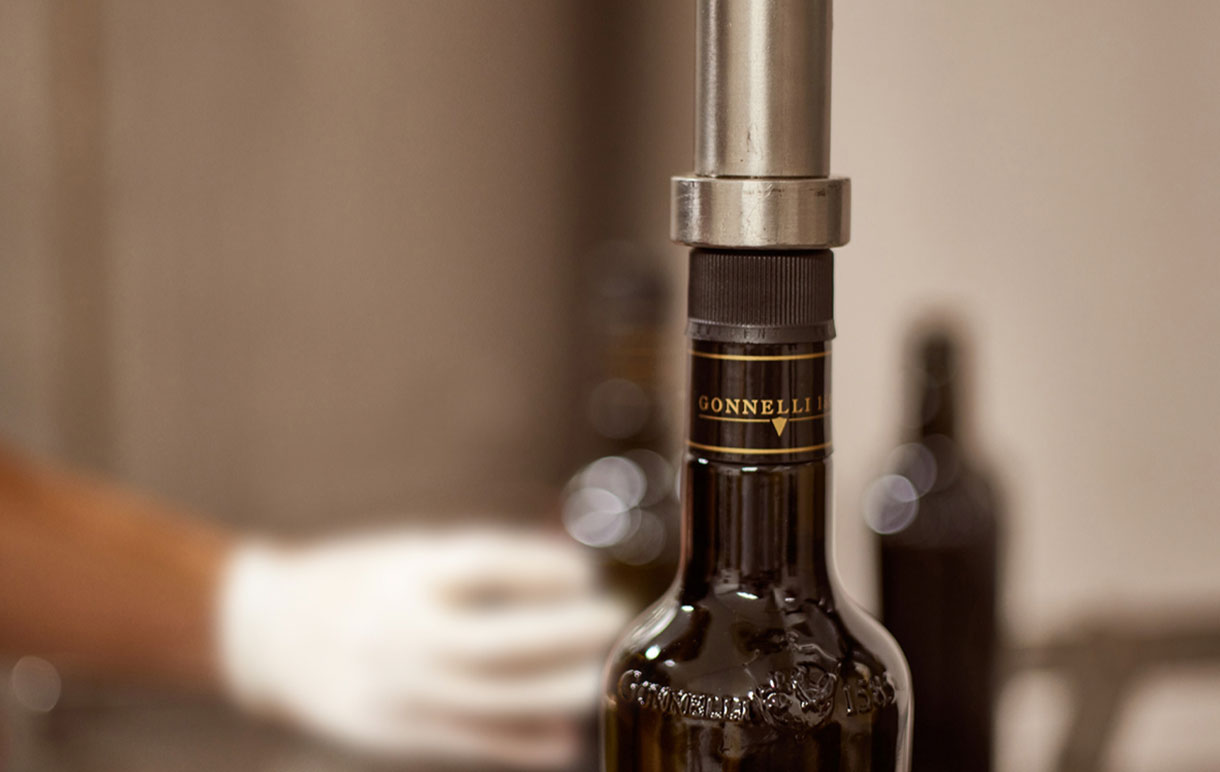
The first oil mill in the world to adopt the non-refillable cap on all bottles
The Frantoio di Santa Téa is the first oil mill in the world to adopt the anti-refill cap on all bottles. Inspired by the alcohol cap, Piero Gonnelli experimented it for the first time with the use of the measuring and non-refillable cap on all bottles. It provides maximum guarantee for the customers of the Frantoio di Santa Téa thus avoiding the risk of the possible and harmful filling of bottles with oil of dubious origin.
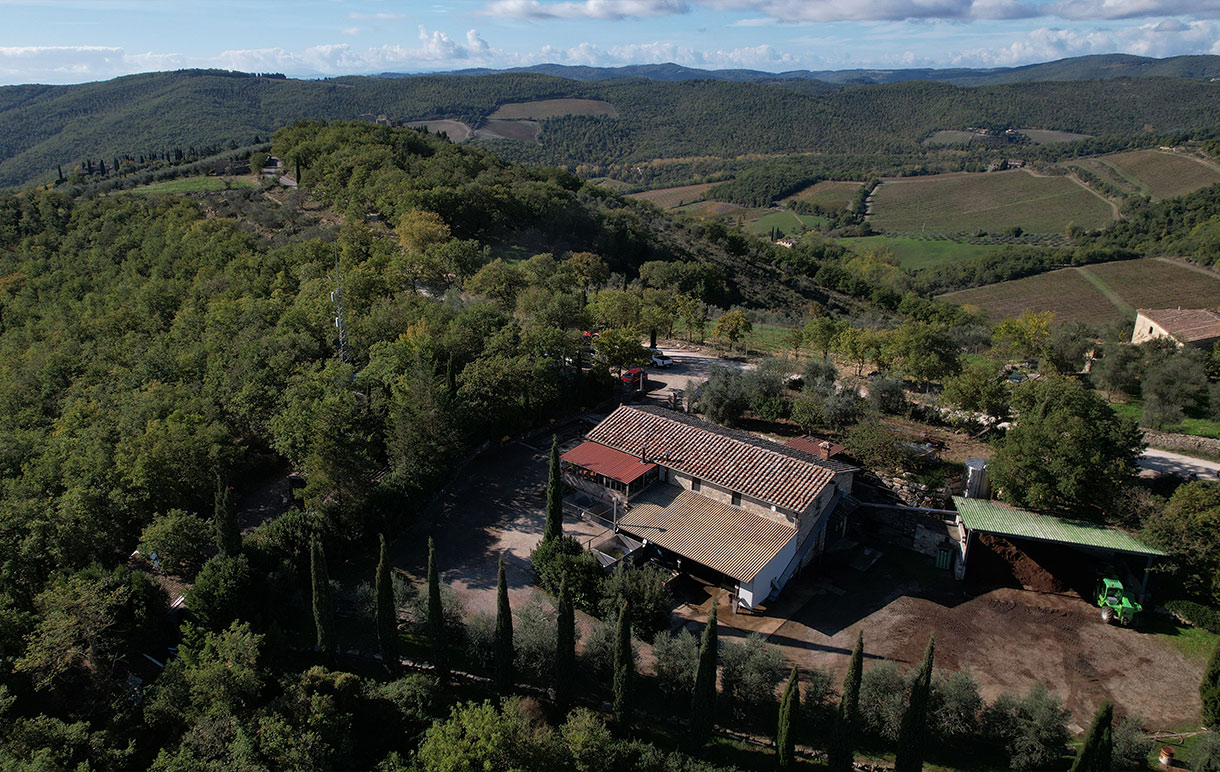
Construction of the Frantoio di Vertine in Gaiole in Chianti for the production of Extra Virgin Dop Chianti Classico
The setting up of the Frantoio di Vertine in Chianti Classico A small oil mill located on mount Vertine and dedicated to the production of Chianti Classico DOP olive Oil.
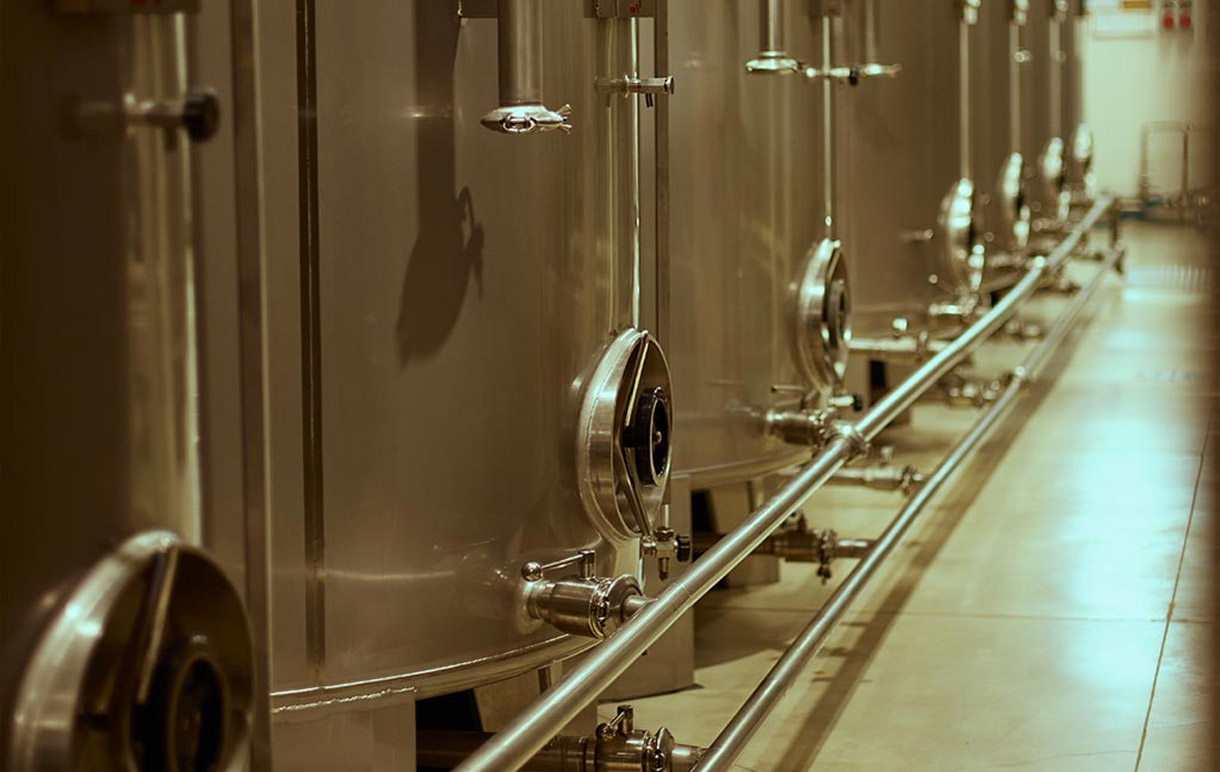
System of production and storage that is oxygen-free and under nitrogen to preserve extra virgin olive oil’s freshness
The creation of a production and storage system, excluding oxygen and adding nitrogen. In order to preserve the maximum freshness of the oil, as if it had just been produced, all the tanks where the oil is stored are under nitrogen, as well as the environment where the production takes place, thus avoiding oxidation. It is only when the oil bottle is opened that the oxidation process begins.
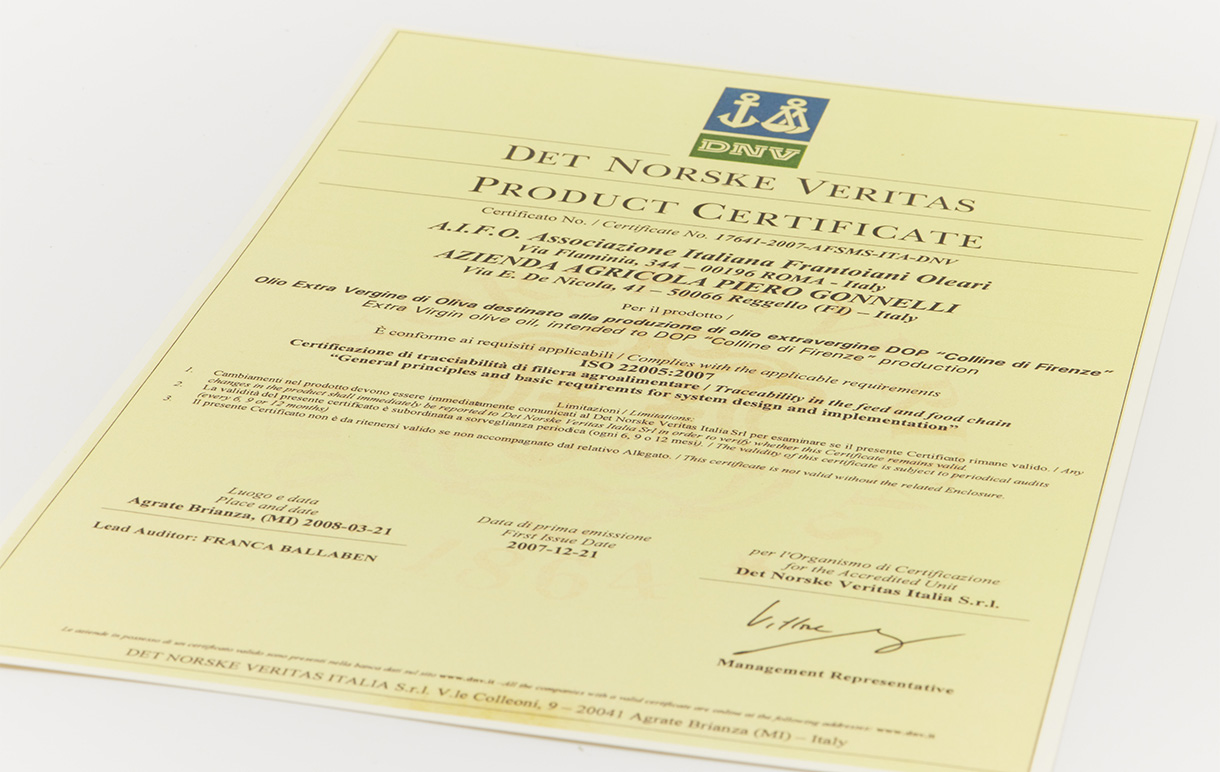
EN UNI ISO 22005: 07 Certification First oil mill in Europe to obtain certification regarding the traceability of every single bottle produced
The first Oil Mill in Europe to obtain certification for the traceability of every bottle produced. Using the batch number, each customer, upon request, is able to trace the olives that compose the bottle content and the farmer or territory from where they were collected.
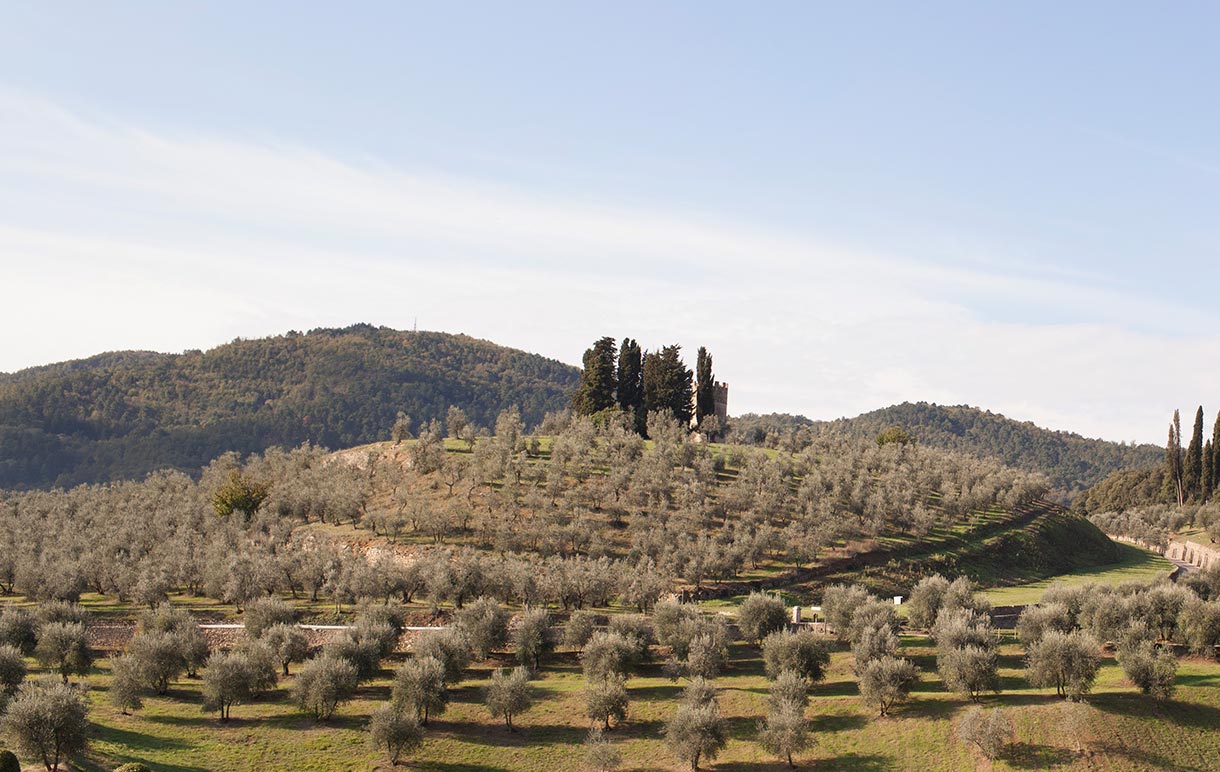
48.000 olive trees grown directly with thorought supervision of the feed and food chain
48.000 olive trees from Frantoio di Santa Téa grown directly with thorought supervision of the feed and food chain. All the olive groves, located between the hills of Florence and Siena, operate in accordance with the current provisions of Organic Agriculture, without the use of pesticides or fertilizers.
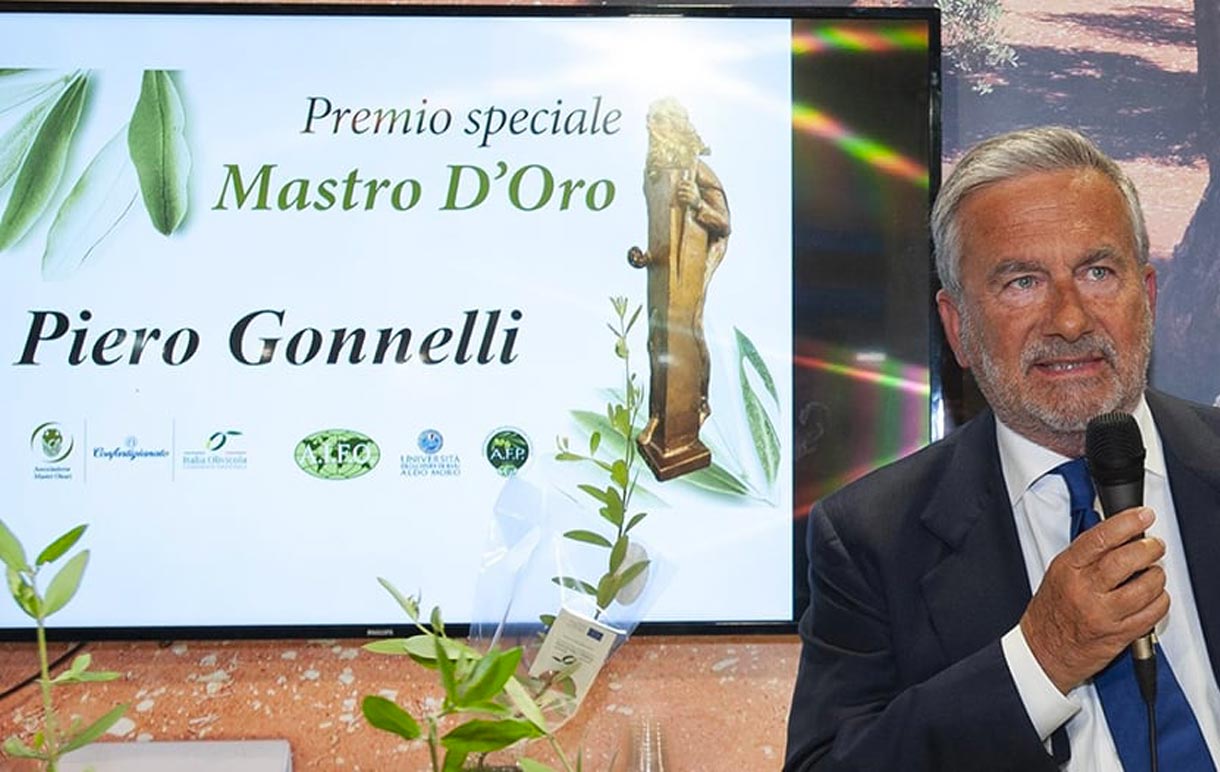
Winner of the career first prize ''Mastro D'Oro''
This prize wishes to promote an olive oil market guaranteed by transparency and traceability of the supply chain, within the world view of consumers’ rights. The "Mastro d’Oro" is granted to the one who has demonstrated to possess the extraordinary qualities which enable him to achieve excellence.

Year of the founding of the Frantoio di Santa Téa
The date of construction of the Frantoio di Santa Téa is evident from an ancient stone still preserved inside the Museum. Cascia and its territory have Etruscan origins, as documented by the numerous place names in the area, including Camprenna, Olena, Fognano, Fano, Forli, Caselli, Arfoli and Pontifogno. Near the small church of Santa Téa remains of Roman burials were found while on the terrace south of the parish church a number of fragments of clay and terracotta artifacts have come back to light and in the town of Pecorneccia some Roman coins and a small bronze representing the Emperor Galerius, then donated to King Vittorio Emanuele III, were unearthed.

The year of purchase of the Santa Téa oil mill by Gonnelli
The Gonnelli brothers: Francesco, Lorenzo and Giulio, the sons of Taddeo di Michele di Lorenzo, on the 13th of February bought for 300 coins from the friars of the Carmine monastery in Florence the Santa Téa Oil mill as shown in the sale documents held in the notarial archives of Florence. At that time the adjoining mill, built in 1426, was known and appreciated for its very special oil, fruit of olives made noble by the sunny microclimate of the Reggello plateau, 400 meters above sea level.

The first centrifugal plant in the world
In 1962 at Santa Téa the first centrifugal plant in the world was installed for the extraction of extra virgin olive oil, giving rise to the most used extractive system. A revolution in the world of oil that led to the abandoning of the old press and millstone, thereby improving the healthiness of the oil. A cooperation with Alfa Laval company, which still exists, for the experimentation of new extraction techniques that are increasingly advanced.

Extra virgin olive oil is not limited to just one type
The many different flavours obtained are based upon the variety of the olive and its ripeness.

The first oil mill in the world to adopt the non-refillable cap on all bottles
The Frantoio di Santa Téa is the first oil mill in the world to adopt the anti-refill cap on all bottles. Inspired by the alcohol cap, Piero Gonnelli experimented it for the first time with the use of the measuring and non-refillable cap on all bottles. It provides maximum guarantee for the customers of the Frantoio di Santa Téa thus avoiding the risk of the possible and harmful filling of bottles with oil of dubious origin.

Construction of the Frantoio di Vertine in Gaiole in Chianti for the production of Extra Virgin Dop Chianti Classico
The setting up of the Frantoio di Vertine in Chianti Classico A small oil mill located on mount Vertine and dedicated to the production of Chianti Classico DOP olive Oil.

System of production and storage that is oxygen-free and under nitrogen to preserve extra virgin olive oil’s freshness
The creation of a production and storage system, excluding oxygen and adding nitrogen. In order to preserve the maximum freshness of the oil, as if it had just been produced, all the tanks where the oil is stored are under nitrogen, as well as the environment where the production takes place, thus avoiding oxidation. It is only when the oil bottle is opened that the oxidation process begins.

EN UNI ISO 22005: 07 Certification First oil mill in Europe to obtain certification regarding the traceability of every single bottle produced
The first Oil Mill in Europe to obtain certification for the traceability of every bottle produced. Using the batch number, each customer, upon request, is able to trace the olives that compose the bottle content and the farmer or territory from where they were collected.

48.000 olive trees grown directly with thorought supervision of the feed and food chain
48.000 olive trees from Frantoio di Santa Téa grown directly with thorought supervision of the feed and food chain. All the olive groves, located between the hills of Florence and Siena, operate in accordance with the current provisions of Organic Agriculture, without the use of pesticides or fertilizers.

Winner of the career first prize ''Mastro D'Oro''
This prize wishes to promote an olive oil market guaranteed by transparency and traceability of the supply chain, within the world view of consumers’ rights. The "Mastro d’Oro" is granted to the one who has demonstrated to possess the extraordinary qualities which enable him to achieve excellence.


